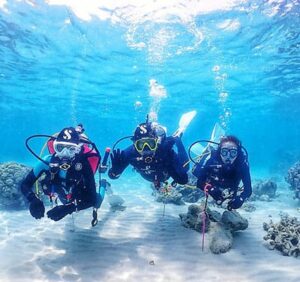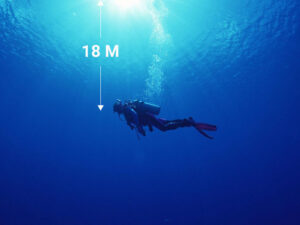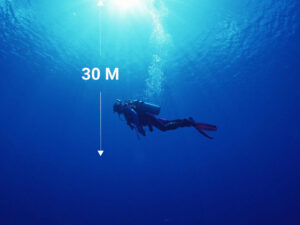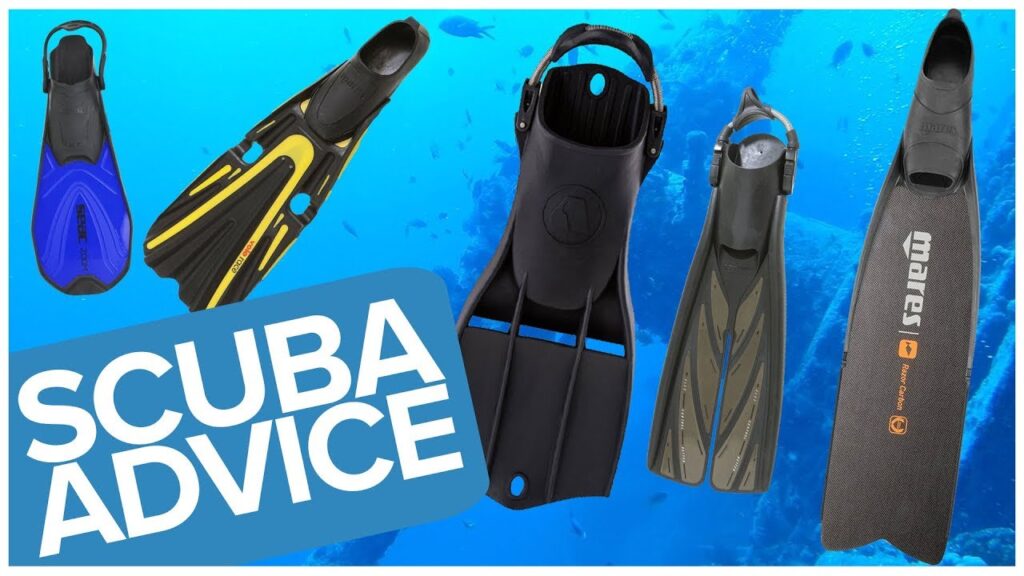Uncategorized
Diving Fin Types and Usage
I remember my self when i enrolled in scuba diving course, my instructor gave me different type of diving equipment and fins in every session. I was curious about different brands of fins and why there are different types and styles each brand is producing. what are advantages and different uses of each type. why they are soft and hard. Why they are short and long. why they some are splitted, some have groves, some are nylon, some are carbon fiber, some are light in weight and some are heavy.
In this article I want to discuss give answers to all questions I had when I was beginner and now after I used and tried many fins types.
Open Heel Fins
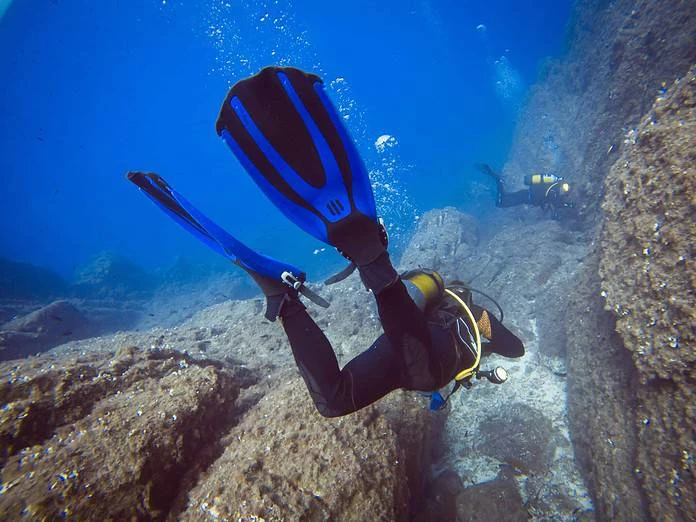
Designed to be used in combination with diving boots, open heel fins improve comfort and offer thermal protection for divers. The unique characteristic of these fins is the open heel foot pocket that enables divers to wear neoprene boots. Maintaining body warmth is especially important in colder water conditions, which is where this design excels. Additionally, adjustable straps are a popular feature of open heel fins, giving divers the freedom to change the fit to their own preferences and guaranteeing a safe and pleasant underwater experience. These fins are adaptable and ideal for a variety of diving conditions because of their open heel design and adjustable straps, which enhance the diving experience.
Full Foot Fins
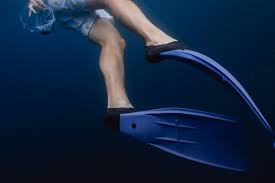
Full foot fins are designed to be used without the requirement for diving boots, in contrast to open heel fins. Sleek and simple in design, these fins include a closed foot pocket that fits securely over the naked foot. In warm water diving circumstances, full foot fins are especially popular because the focus moves from thermal protection to lightweight, unrestricted movement. The fins’ streamlined silhouette is enhanced by the lack of a heel opening, which permits a direct power transfer with every kick. Because complete foot fins are so simple and easy to use, divers like them in tropical and temperate climates when extra insulation from boots is not needed.
Split Fins
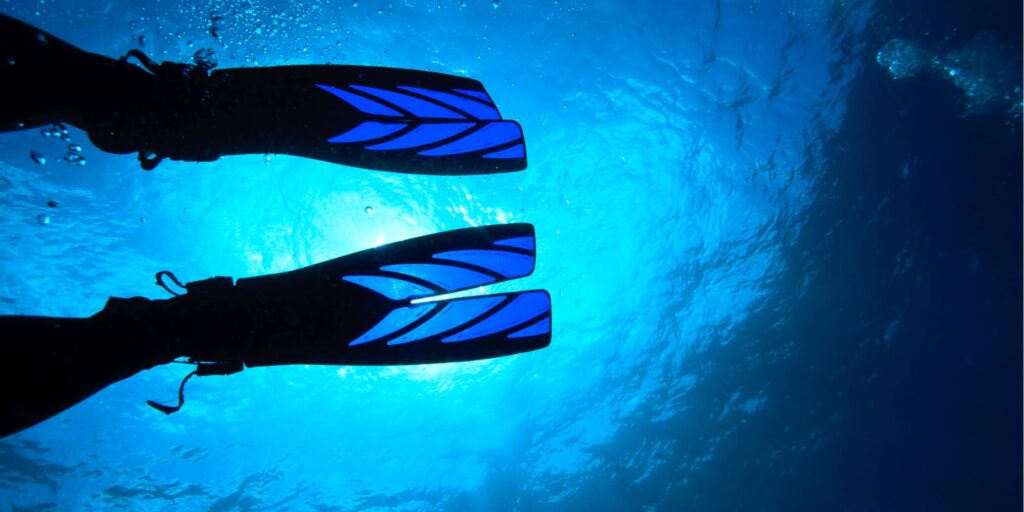
With their creative split blade design, split fins deftly divide the fin into two halves. This special arrangement is purposefully designed to reduce the amount of work required for every kick, which will ultimately improve underwater performance. Split fins are primarily designed to reduce leg fatigue, resulting in a more comfortable and energy-efficient diving experience. Split fins are generally preferred by divers that value ease of propulsion and look for a fin shape that complements a relaxed diving style. These fins are a great option for anyone who want to combine comfort and performance under the waves because of the split blade, which not only lessens resistance but also enables a more natural and fluid kicking action.
Paddle Fins
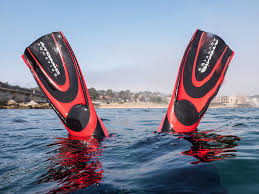
With each kick, paddle fins, with their sturdy, traditional blade construction, are designed to propel the user forward with powerful thrusts. Paddle fins are usually preferred by divers who want a more direct and powerful reaction from their fins due to their consistent performance. These fins are especially good for divers who want to go through tight places or may meet strong currents because of their durable design, which offers the essential control and propulsion. Because to the robust blade construction, divers can glide through the water with ease and adapt to changing conditions. When looking for a classic yet effective solution, paddle fins are a dependable option. This is especially true in demanding underwater situations where strength and control are crucial.
Jet Fins
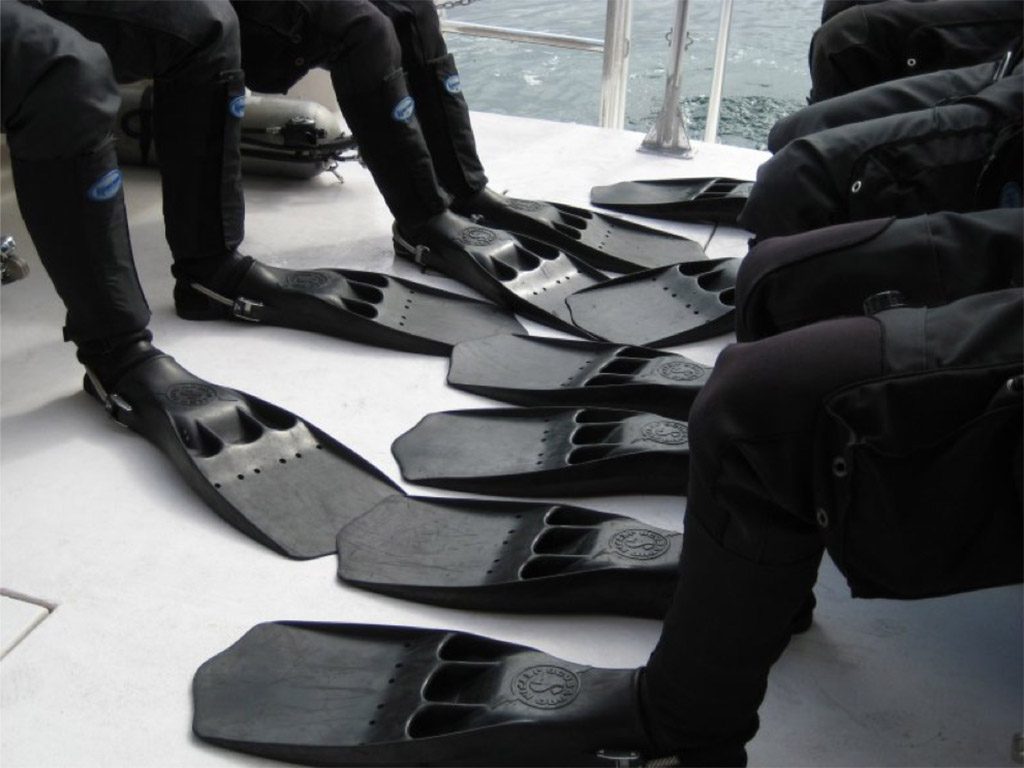
Generally speaking, “diving jet fins” refer to a particular kind of scuba diving fin distinguished by its robust construction and potent propulsion properties. These fins are distinguished by their sturdy, substantial design, which includes a stiff blade and a long-lasting foot pocket. The powerful thrust these fins may provide, emulating the propulsion of a jet engine, is sometimes highlighted by the name “jet”.
Divers that value a powerful, direct reaction from their fins tend to like jet fins since they work well in a variety of diving environments. Strong currents and difficult underwater situations are two reasons why divers choose them: their durable blade construction makes moving through the water efficient. Because of its reputation for strength and longevity, jet fins are a top option for both recreational and expert divers.
Jet fins come in a variety of designs and features from different manufacturers, so keep that in mind, but generally speaking, these fins are known for their strong performance and dependability in challenging underwater situations.
Channel Fins

The primary characteristic of channel fins is the existence of channels or grooves on their blades, which are deliberately integrated into the design to improve thrust and guide water flow. Because they provide a more efficient path for water transport, these channels are essential in increasing the effectiveness of every kick. Channel fins are popular among divers because they can effectively convert leg strength into propulsion, which reduces the amount of energy needed for underwater navigation. Because of their well-balanced mix of power and efficiency, these fins are widely used in a range of diving circumstances. Channel fins are a versatile and dependable alternative that divers commonly pick because of their ability to give greater performance without sacrificing agility and control, whether they are exploring calm tropical seas or contending with stronger currents.
Specialized Fins
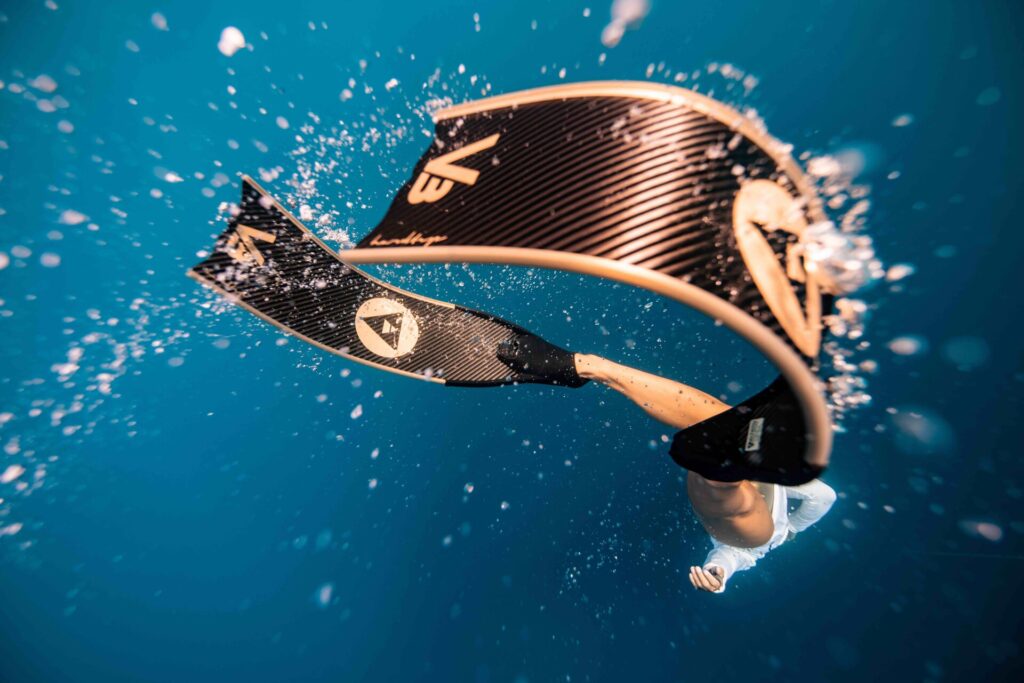
In the world of scuba diving, certain fins are painstakingly made to serve particular functions; they are made with characteristics that are specifically tailored to meet the needs of activities such as technical diving, cave exploring, or underwater photography. Fins designed for these specific uses frequently have special qualities that cater to the particular difficulties that each activity presents. Specialized fins may provide improved mobility for technical divers who need control and precision in complex moves. Fins made for the best propulsion in small places may be useful to cave divers as they navigate these difficult and cramped environments. In a similar vein, fins designed specifically for underwater photography could emphasize less water resistance in order to enable steadier photographs. Essentially, these specially designed fins are invaluable instruments, tailored to satisfy the demanding requirements of divers participating in particular underwater activities.
Summary
I discussed about most famous and popular type of fins. there are many other model and types in market and used for different applications.
It is important for a diver to choose a suitable fin based on his level and purpose of diving. There are even divers has different sets of fins. In training dives i am using blade fins, in current dives i am using Jet Fins and while traveling I am using light weight fins.
You are always welcome to visit us in Dubai, and get advice from our experienced stuff in the diving center
Dive more, Fin easier and enjoy more.

